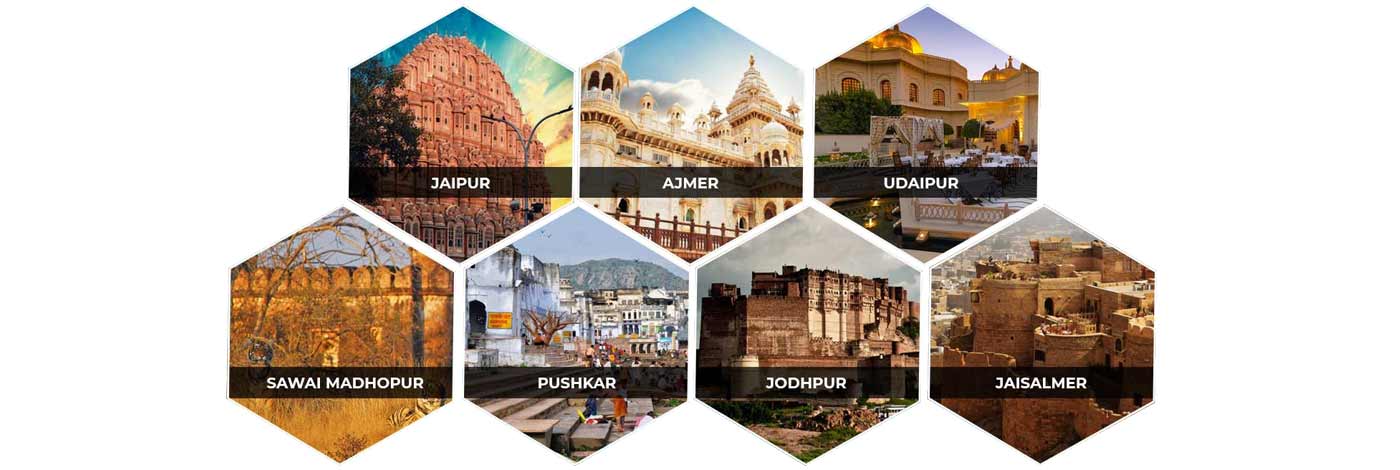
Mount Abu Wildlife Sanctuary
The Mount Abu Wildlife Sanctuary is one of the oldest parts of the Mount Abu mountain ranges. The Mount Abu Wildlife Sanctuary is home to many sightseeing points offering fantastic views. Many people visit the Mount Abu Wildlife Sanctuary just for the sightseeing and views, but most visit The Mount Abu Wildlife Sanctuary for the animals and birds. The Mount Abu Wildlife Sanctuary is about 7 kilometres long and only 300 metres wide. This means that while you take the long walk down The Mount Abu Wildlife Sanctuary you won’t miss much on either side.
The Mount Abu Wildlife Sanctuary is located in one of the regions oldest mountain ranges- The Aravali. The area was declared a wildlife sanctuary in 1960. In addition to the sightseeing opportunities, the Mount Abu Wildlife Sanctuary is a popular destination for eco-tourism. The Mount Abu Wildlife Sanctuary crosses a variety of mountain highs, from 300m to 1722m at Gurashikhar- the highest peak in the Aravali Ranges.
The Mount Abu Wildlife Sanctuary is full of floral beauty. There is an evergreen forest that meets the water and the valleys on the other side. The Mount Abu Wildlife Sanctuary houses around 112 plant families with 449 genera and 820 species. Many of these species are dicots and the rest are monocots. You can also find many orchids at the Mount Abu Wildlife Sanctuary. Don’t forget the many roses and bamboo rich areas.
Best Time to Visit Mount Abu Wildlife Sanctuary
If you want to enjoy trekking, hiking and exploration, it is better to visit the sanctuary during winter. You can spot many mammals in the reservoir region during summer. Due to humidity, the small water sources deep in the forest region dries out in summer forcing mammals to visit the reservoir for quenching thirst. Summer is also the right time to spot animals with their little ones. The summer starts in March and ends in June. You can find many interesting flora during summer season. The place will be clear for perfect photographs.
Monsoon starts in July and ends in September. Hiking and exploration becomes hard with slippery ground. Spotting animals is rare during this season. Safari and trekking are allowed during this season unless heavy rainfall is in forecast. Winter starts in October and ends in February. This is also the right time for spotting rare birds in this region.
October to March is the tourism season but the place is at prime beauty throughout the year. It is best to visit the park in the morning to spot many animals and birds.
How to Reach Mount Abu Wildlife Sanctuary ?
The nearest railway station is Morthala railway station, which is 18 km away from Mount Abu. From the railway station, you can hire cab or bus to reach near the sanctuary. Cabs can take you up to the sanctuary entrance. If choosing bus, you need to walk a few meters to reach the sanctuary. The nearest city to the sanctuary is Mount Abu. You can hire cabs from any part of Rajasthan to reach Mount Abu. The cost of the service varies with season. Buses are also available from various cities to Mount Abu.
Rajasthan Wildlife
Rajasthan brings to mind the images of forts, palaces, lakes, colourful festivals and the mighty Thar Desert. Rajasthan is a land of varied topography, ranging from the semi green forests of Mount Abu to dry grasslands of the desert, and from the dry deciduous thorn forest of Aravali to wetlands of Bharatpur. Each of these areas is home to variety of rare as well as endangered animal and bird species. The sanctuaries and the wildlife parks here attract the migratory birds and become their temporary home. Migratory birds like the common crane, ducks, coots, pelicans and the rare Siberian cranes, imperial sand grouse, falcons, buzzards flocks to this state during the winter season. In the season time, the whole place echoes with enchanting sounds and fascinating visuals against the sprawling meadow of flora. Each of these areas is a haven for a wide spectrum of wildlife, bestowing the state with some of the most fascinating wildlife sanctuaries in India.
With its unconventional beauty and varied attractions, Rajasthan simply charms its way into our hearts. However, there is another aspect of Rajasthan that draws visitors in hordes. Well, it is Rajasthan's rich wildlife that makes adventure lovers and wildlife enthusiasts flock its national parks and wildlife sanctuaries every year. A very well known fact is that Rajasthan has a variety of flora and fauna. Rajasthan is the haven of the tigers and many endangered species. Rajasthan is the home of some rare species of tigers, blackbucks, chinkara, the desert fox, the endangered caracal, the great Indian bustard, gavial, monitor lizard, wild boars, porcupine, etc. The leopard (panther) here is found in forests and in open degraded forest areas with rocky outcrops adjoining towns and villages. Each type of ecosystem is host to some rare species, so they have been marked as special area wildlife.
Rajasthan boasts of three national parks and over a dozen sanctuaries that offer a fascinating variety of birds and beasts, of flora and fauna and of hilly and forested terrain. Most of these areas are open to visitors round the year but are closed briefly during the monsoon. The wildlife sanctuaries in Rajasthan offer some of the best wildlife tours in India and can be explored either by jeep or on elephant back. So, get set for a jeep or elephant safari and enjoy a close encounter with the wild beasts and beautiful birds in their natural habitat. For those looking for adventure, these wildlife sanctuaries of Rajasthan provide the kind of excitement that really makes the adrenaline flow.
The Nahargarh Biological Park has a variety of vegetation and several species of wild beasts. The Jhalana Nature Trail, Arboretum Park, Amrita Devi Park and Machia Safari Park are the other popular ones. Around 550 species of birds can be traced in the lakes, ponds, marshlands and grasslands of Rajasthan. They are an absolute paradise for bird lovers most of which are residents. The best colony of birds in the world is Kealodeo National Park situated in Bharatpur. The Keoladeo Ghana National Park at Bharatpur is a bird sanctuary that is visited, every year, by our feathered friend from distant lands. It is famous for the exotic Spoonbills and Siberian Cranes. It has more than 400 species of birds and more than 130 of them breed inside the park. Being a unique bird place, the UNSECO has recognized it as a world heritage site. The Sariska Wildlife Sanctuary and the Ranthambore National Park are tiger reserves and homes to the royal Indian tiger. These destinations have a large variety of other wild species including the wild boar, jackal, sambar and nilgai. The Ranthambore National Park is also a heritage site, as it houses the magnificent ruins of a thousand-year-old fort.
The best season for bird watching begins with the onset of winter when marshlands and lakes are inhabited by migratory birds as well as resident birds. Flamingos, too can be seen in salt-water lakes like Pachpadra near Barmer and Sambhar near Jaipur. The major wetlands other than Bharatpur in Rajasthan.
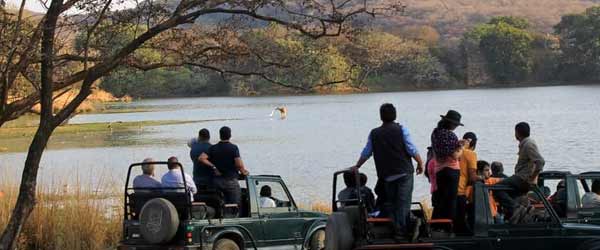
Ranthambore National Park
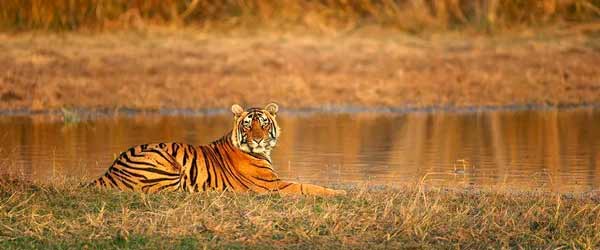
Sariska National Park, Alwar
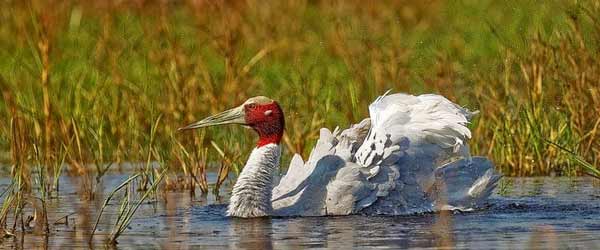
Keoladeo Ghana Bird Sanctuary
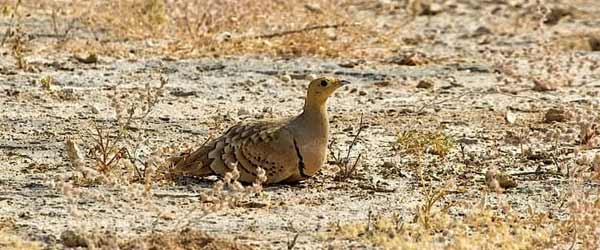
Desert National Sanctuary
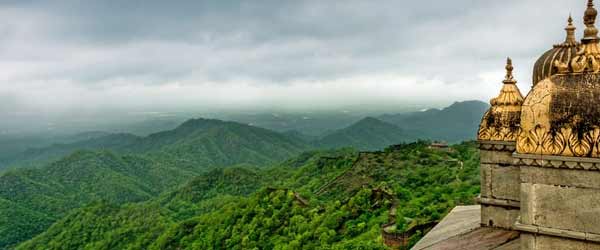
Kumbhalgarh Wildlife Sanctuary
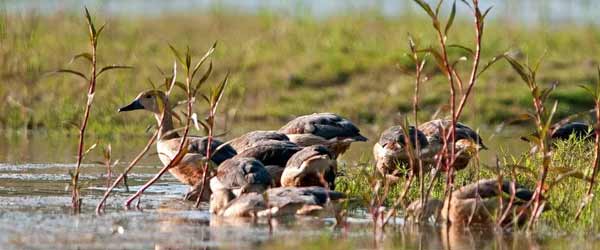
Darrah Sanctuary, Kota
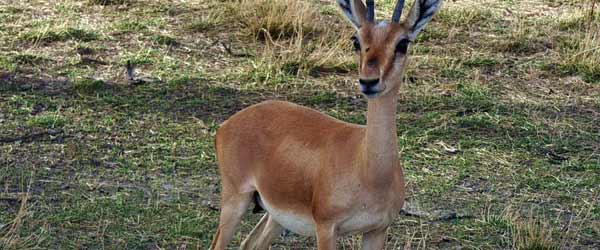
Mount Abu Sanctuary
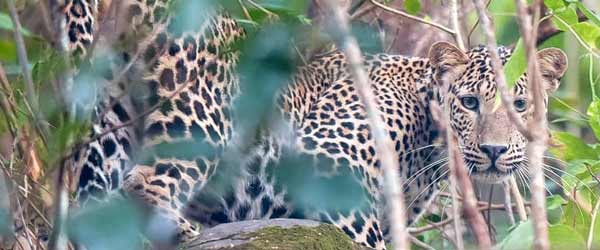
Sita Mata Sanctuary, Pratapgarh
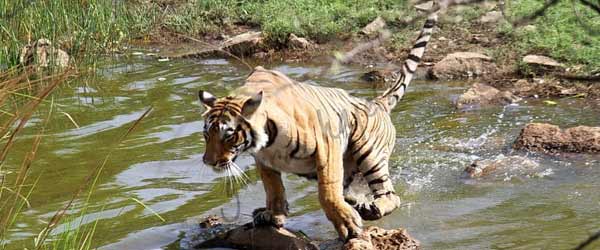
Keladevi Wildlife Sanctuary
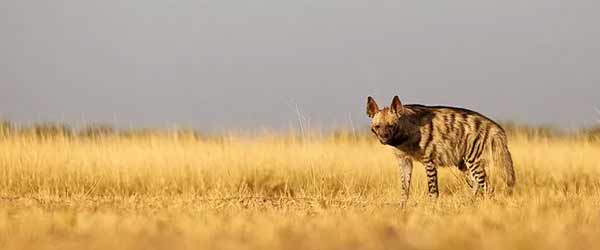
National Chambal Wildlife
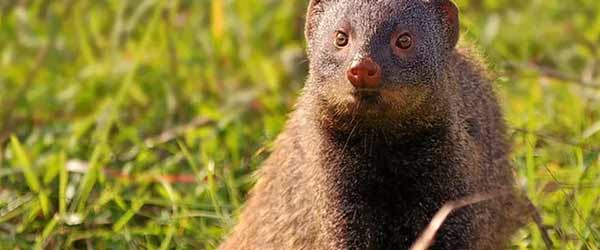
Machiya Safari Park, Jodhpur
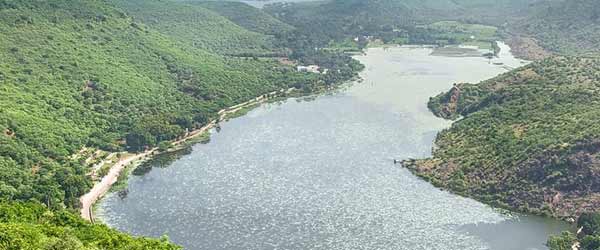
Ramgarh Vishdhari Sanctuary
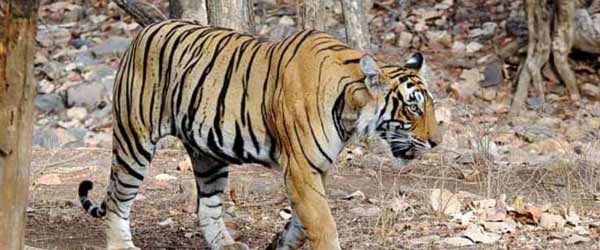
Mukundara Tiger Reserve, Kota
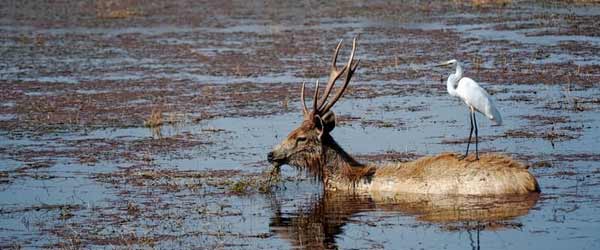
Baretha Wildlife sanctuary
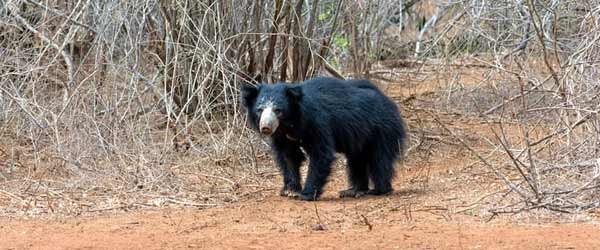
Jaisamand Sanctuary, Udaipur
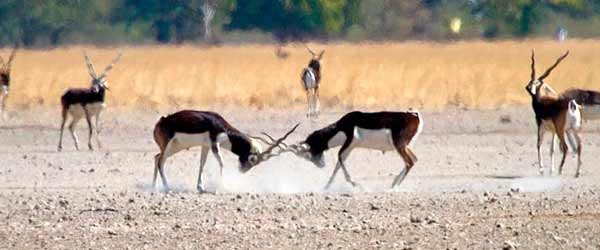
Tal Chhapar Sanctuary
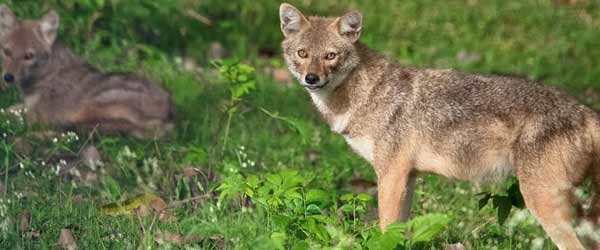
Bassi Wildlife Sanctuary
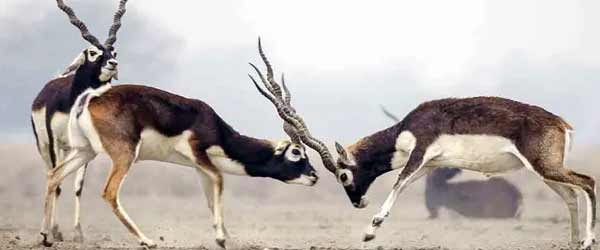
Gajner Wildlife Sanctuary
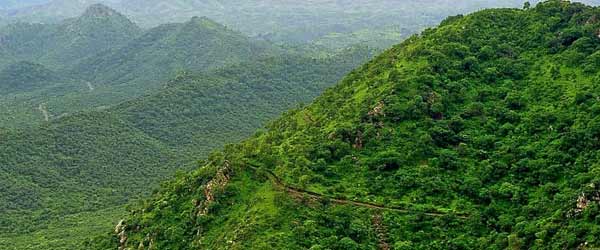
Sajjangarh Wildlife Sanctuary
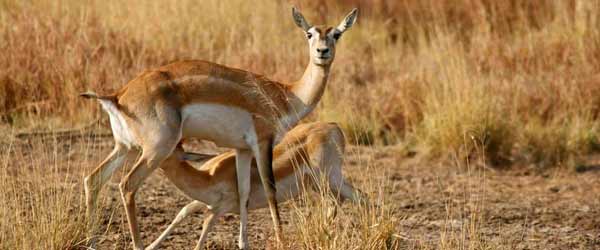
Todgarh Raoli Wildlife Sanctuary
 +91 9549279999
+91 9549279999 